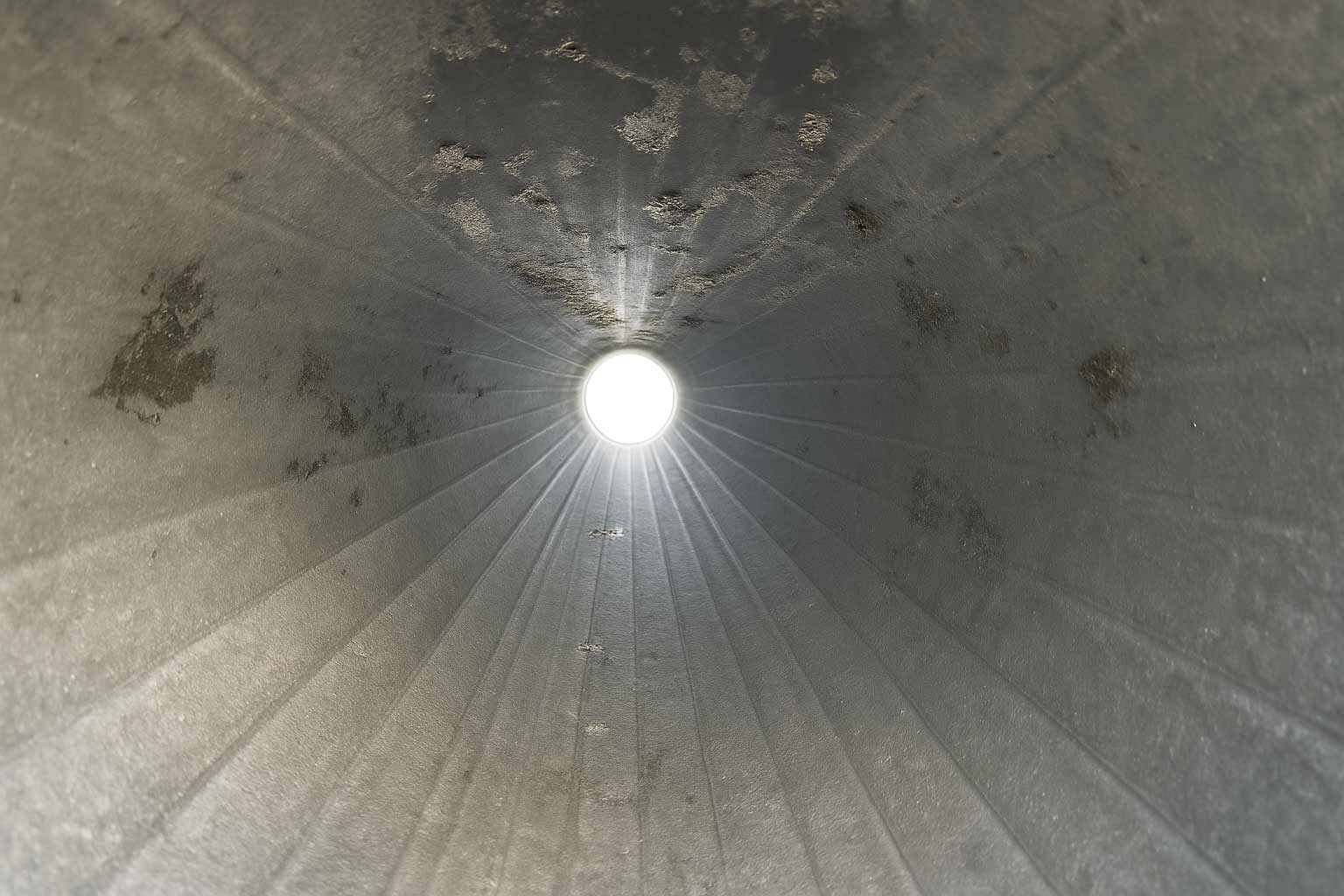During hot-dip galvanizing (HDG), zinc-oxide "skimmings" can occasionally be carried onto the surface of the coating—sometimes inside hollow fabrications such as poles, tubes, or tanks. This guide explains why skimmings occur, whether they are grounds for rejection, how to address them, and design steps to minimize their occurrence.
Are Skimmings Rejectable?
Skimmings are superficial deposits (primarily zinc oxides with small amounts of zinc chlorides and zinc metal) that may cling to the coating as the product is withdrawn from the kettle. They do not compromise corrosion protection because the galvanized coating beneath remains intact. In fact, ASTM A123 explicitly notes that zinc skimmings are not cause for rejection when the underlying coating meets thickness and quality requirements.
Where Do Skimmings Come From?
- Surface ash on the kettle: Zinc-oxide "ash" naturally forms on the bath surface and can be swept onto parts during withdrawal.
- Inadequate venting/drainage: If vent holes are undersized or poorly located, skimmings and molten zinc cannot flow freely, increasing the chance that deposits are trapped on internal surfaces.
- Limited lifting angle or handling constraints: Long products may be withdrawn with less-than-ideal angle/rotation, which can carry ash into cavities.
Impact on Performance & Appearance
Skimmings mainly affect appearance. The coating underneath continues to provide the expected service life. On exterior, accessible surfaces they often weather off naturally with rain/condensation or can be lightly brushed away. Internal or inaccessible areas, where removal is impractical, are still considered acceptable if coating requirements are met.
Removal & Touch-Up Guidance
- Brushing: Nylon bristle or wire brushing can remove light skimmings from accessible areas.
- Cautious grinding: Where needed, employ light grinding to remove stubborn ash without reducing the coating below minimum thickness.
- Inspection access: If aesthetics or verification are required, remove localized deposits to confirm coating presence; document any repair performed per ASTM A780 if the coating is damaged.
Note: For interior surfaces of closed or semi-closed members, removal is often not feasible; deposits in these locations are still not grounds for rejection when the part otherwise conforms to specification.
Design & Process Best Practices to Minimize Skimmings
- Venting & drainage: Provide generously sized, well-placed vent and drain holes at high and low points to promote free zinc flow and ash escape (see ASTM A385 for guidance).
- Lifting/withdrawal orientation: Coordinate with your galvanizer to plan angles and rotations that reduce ash carriage into cavities.
- Access ports where practical: For large hollow sections, consider clean-out or inspection ports that can be closed after galvanizing.
- Early collaboration: Share fabrication drawings with the galvanizer to confirm hole sizes/locations and handling approach before production.
Skimmings are a normal by‑product of the HDG process. They are cosmetic, not structural, and per ASTM A123 do not justify rejection when the underlying coating is intact. With thoughtful venting/drainage design and coordinated handling, their occurrence can be minimized—and HDG's long-term corrosion protection remains unaffected.
For source details and additional background, see the AGA KnowledgeBase article: Skimmings Inside Hollow Structures.



